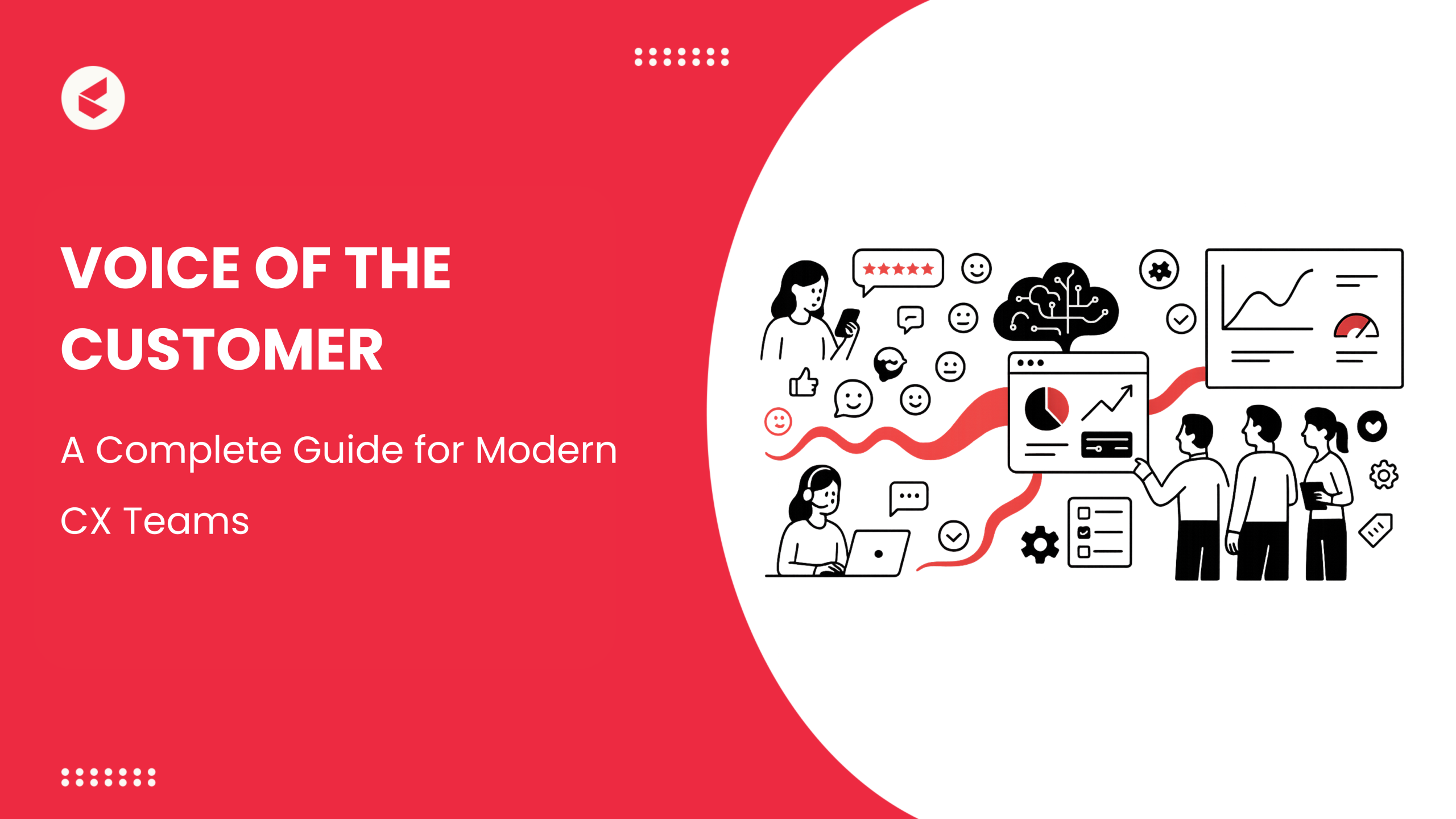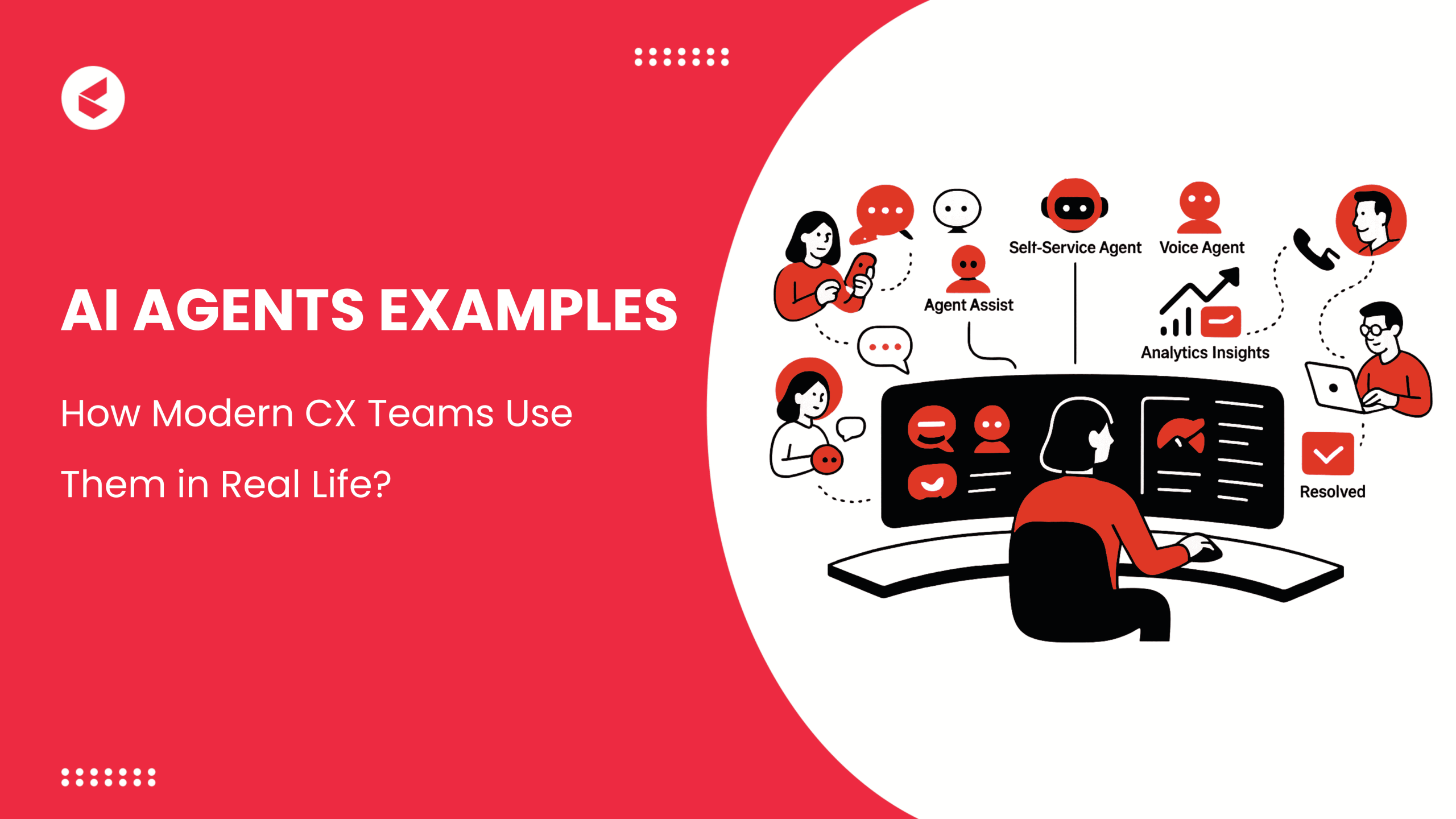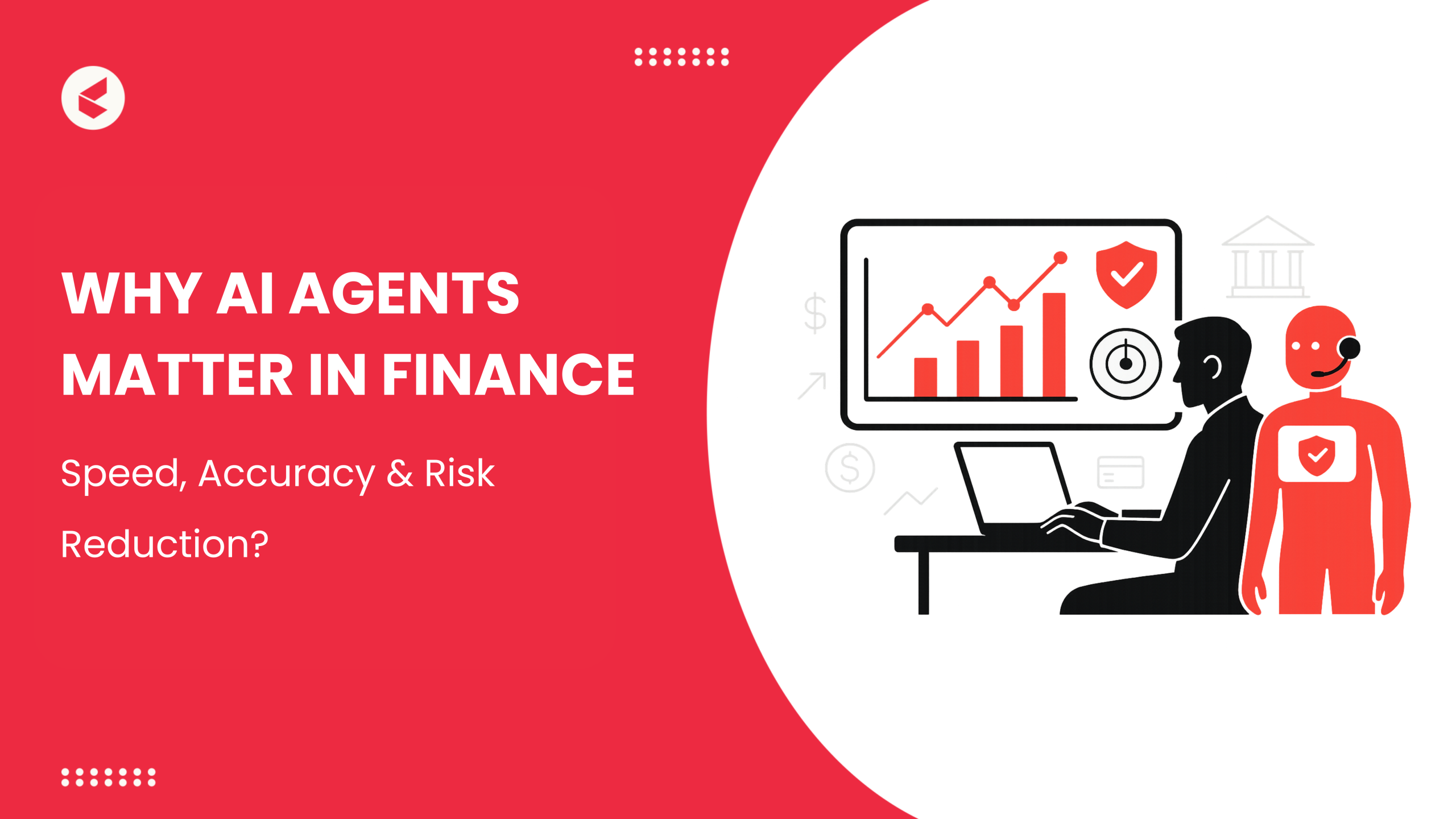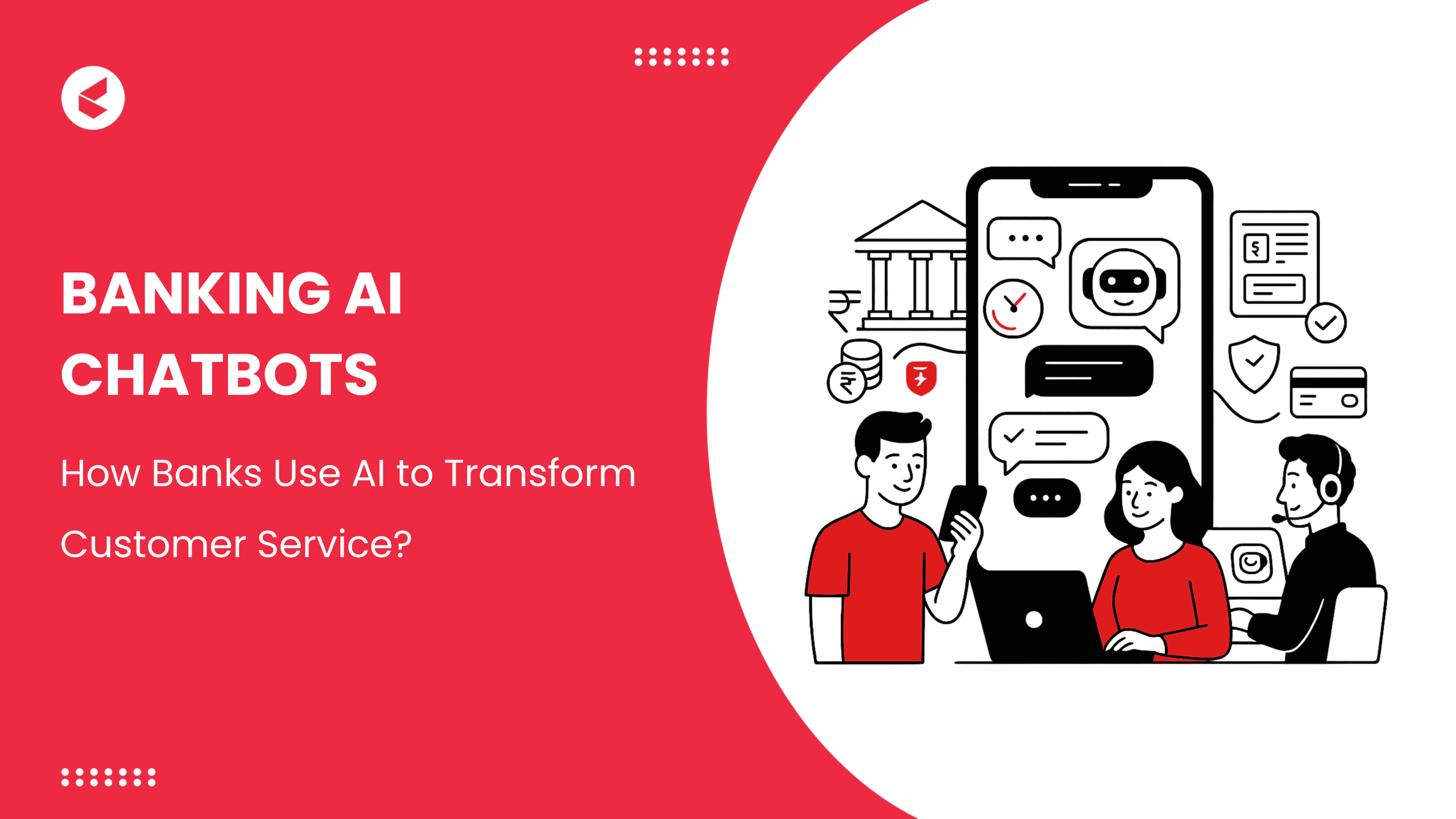Large language models and conversational systems are now a standard part of customer support operations. They empower chat tools, voice assistants, and agent dashboards that help teams respond more efficiently to customer needs
But while these systems are reshaping support, one critical reality often goes overlooked:
a single AI-generated sentence is all it takes to leak an address, reveal a customer’s ID, or expose financial data, especially when no one’s watching.
These tools handle vast amounts of sensitive data every day, including payment information, identification numbers, and health records. Yet security hasn’t kept pace with adoption.
An analysis by Cybernews found that nearly 90% of popular AI tools had experienced data breaches. In another study by Add People, it was found that only 14% of companies using them had formal policies in place. This combination of widespread exposure and lack of governance puts businesses at serious risk.
Unlike older scripted systems, modern AI can sometimes reveal sensitive information by mistake or be manipulated with carefully designed inputs. Connections to other systems and APIs can also create security gaps that are difficult to detect using standard tools.
As organizations rely more on these technologies, any weaknesses in privacy controls or oversight can become significant risks. They may damage customer trust and create compliance problems.
To use AI effectively in customer service, companies need to plan for privacy, monitor carefully, and set clear rules for deployment.
The Unique Security Risks of Conversational AI
Conversational AI introduces several security challenges that differ significantly from traditional chatbots:
1 . Unintentional Data Exposure
Large language models can unintentionally reveal or generate sensitive information. This may happen when the model draws on details from past interactions or its training data. These systems can produce private details such as Social Security numbers, email addresses, or source code, posing serious risks of customer data leaks.
2. Over-Retention of User Memory
Persistent memory features can improve user experience, but also create risks if not properly managed. Without clear policies on what is retained and for how long, personal details from earlier conversations may resurface unexpectedly.
3. Prompt Injection and Jailbreaks
Attackers can craft inputs that override system instructions or cause the model to produce unsafe content. Prompt injection is now recognized as a leading security concern, with documented attacks successfully extracting personal data from AI systems.
4. Data Drift and Leakage Through Fine-Tuning or Logging
Fine-tuning with proprietary or autogenerated data can increase PII exposure. An arXiv study showed a 20 percentage-point rise in successful extraction rates after such tuning. Verbose logging or unsecured APIs can also unintentionally leak sensitive context.
5. Shadow AI Usage
Shadow AI refers to staff using AI tools that have not been approved or checked by the IT team. Employees might choose outside chat apps, coding assistants, or other tools that lack proper security reviews.
These services might store or share customer data without proper safeguards. This limits what security teams can track, makes enforcing company policies more difficult, and increases the risk of accidental data leaks or breaches of privacy rules.
Why Traditional CX Security Isn’t Enough
As conversational AI becomes a core part of customer experience strategies, many organizations find that their existing security measures no longer provide sufficient protection. Relying on conventional tools solely is not enough to secure sensitive customer interactions.
Web Firewalls and Endpoint Protection Don’t Cover Model Behavior
Customer experience systems have grown well beyond simple chat interfaces. Yet typical security tools such as web application firewalls and endpoint protection are not equipped to handle the unique challenges of AI-generated content.
These measures rely on static rules and signatures that cannot monitor or control the unpredictable, context-sensitive outputs produced by large language models.
According to Darktrace, 78% of CISOs say AI-powered threats are already having a major impact on their organizations, highlighting how traditional tools are struggling to keep up.
Traditional Access Control Can’t Account for Dynamic Generation
Standard access controls assign permissions to users but do not restrict what a model might generate. Since language models generate responses based on probability, even approved interactions can lead to unexpected disclosures of sensitive information. Static permission systems cannot adequately manage this dynamic behavior.
CX Involves Shared Models Across Systems
Modern customer experience systems often connect AI with chat tools, email, voice assistants, and CRM platforms. This setup creates extra risk because a single weakness in one area can impact others.
VentureBeat states that 56% of organizations are already using generative AI, while 40% of security teams admit they have significant gaps in managing these risks. When systems are tightly linked, blind spots appear that standard security tools cannot cover well.
For instance, a flaw in a CRM’s API could accidentally share customer records with a chatbot or voice service. As these connections grow, the number of potential security issues increases. This shows that relying only on perimeter security is no longer enough.
Key Principles for Securing AI-Powered CX
Protecting customer experience systems that use conversational AI calls for a stronger approach than traditional security tools can offer. The following principles provide a practical guide to managing these unique risks.
1. Redaction at Source
Sensitive information needs to be removed or hidden before it reaches AI systems. This helps reduce the risk of exposing personal details if the system remembers or repeats earlier inputs. Automated tools can spot and block data such as account numbers, addresses, payment details, and health information as they come in.
For example, AWS Contact Lens offers features that find and mask sensitive phrases before any processing happens. This supports businesses in meeting data privacy rules and keeping customer information secure. Techniques like synthetic data generation can also help reduce privacy risks while maintaining model performance.
2. Role-Based Context Injection
Systems should provide only the necessary data for each user or task. Rather than sharing complete customer records with every interaction, role-based context limits access to what is needed and helps reduce the risk of unauthorized exposure.
3. Output Filtering and Post-Processing
Responses generated by AI should be reviewed before delivery to customers or agents. Methods such as pattern matching, PII detection, and content moderation can identify and remove confidential or unsafe content. Automated post-processing can also flag high-risk responses for further review.
4. Interaction-Level Audit Trails
Keeping thorough records of each interaction supports accountability. By logging inputs and outputs, teams can review conversations, resolve issues, and demonstrate compliance with regulatory requirements. These records also help analyze events if a security problem arises.
5. Guardrails and Prompting Standards
Well-defined guidelines help prevent misuse, such as prompt injection attacks. This includes using approved input patterns, validating data, and applying filters to ensure consistent and safe outputs. Such measures help maintain a reliable and secure system behavior.
6. Human-in-the-Loop Fallback
Conversations should have a way to be handed off to a human when needed, especially for sensitive or complex issues. Human involvement ensures these cases are managed carefully and helps preserve customer trust.
Kapture’s Secure CX Vision: Trust Is the Real Differentiator
At Kapture CX, securing the customer experience at the system level is a fundamental priority. The platform is designed to maintain data privacy and ensure accountability throughout every interaction.
We achieve this through:
- Role-Based Access: Agents see only the information relevant to their work, reducing unnecessary exposure.
- Real-Time Redaction: Sensitive details are automatically masked to protect customer data and meet compliance needs.
- Comprehensive Logging: All interactions are recorded for traceability, policy enforcement, and auditing.
Without effective safeguards, AI systems can introduce significant risks. Customer experience platforms that manage personal and sensitive information must include reliable security measures. By applying these principles, Kapture helps transform secure, well-governed AI systems into a true advantage.
Kapture CX is built to support businesses in deploying AI responsibly. To see how these security features can work for your team, you can book a personalized demo and explore our solutions in detail.
FAQs
Yes. AI models can accidentally repeat or reveal personal details from earlier interactions or their training data. This risk becomes greater when systems are fine-tuned without strong privacy safeguards.
They are very common. Nearly 84% of popular AI tools have experienced data breaches, while very few companies using these tools have formal policies in place to manage them.
Firewalls and endpoint protection work with fixed rules and known threats. They often fall short when dealing with the unpredictable responses and unique risks of AI systems.
Start by reviewing which AI tools are being used and how they handle data. Set clear policies for use, implement protections like redaction and logging, and make sure staff know how to use these systems safely.













